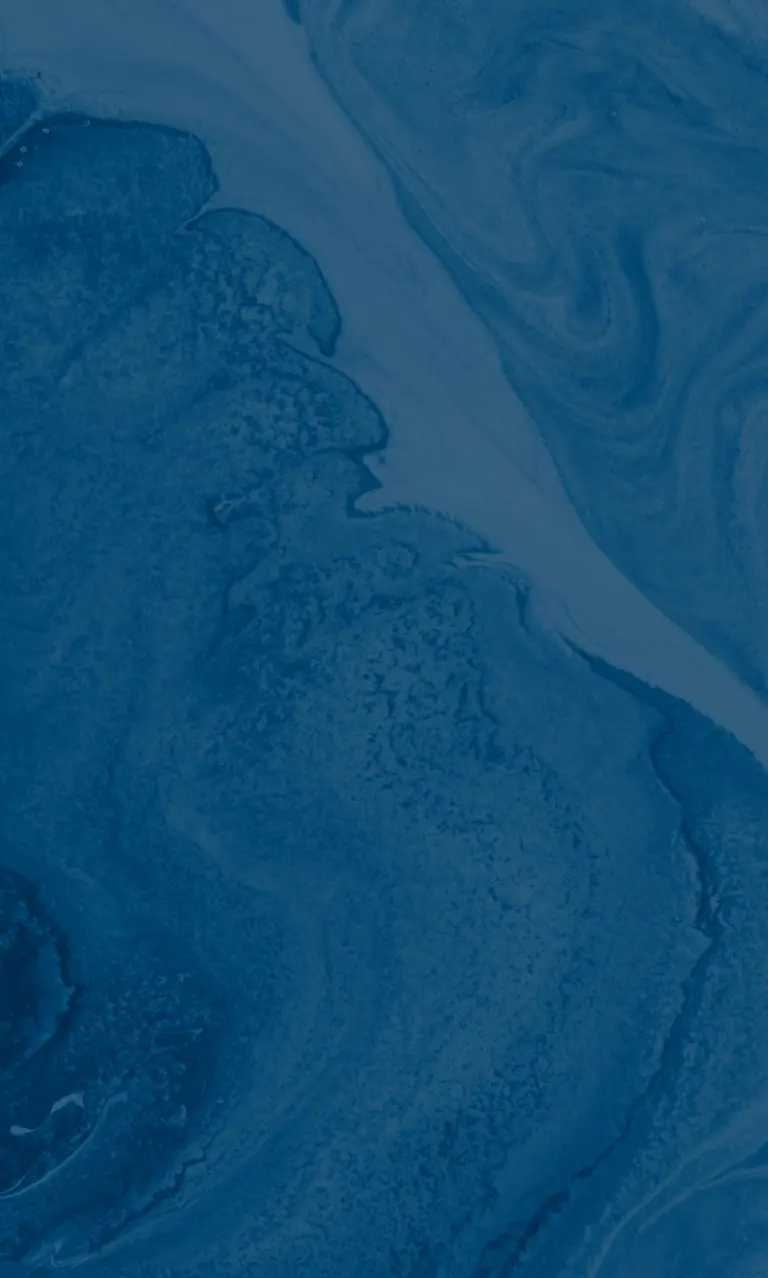Galerne Gas and liquid evaporation and potential harmful effects on humans and the environment
Gas or slicks emitted from a ship in the event of a maritime accident may pose a serious threat to response personnel sent to assess and intervene at the accident site and to resident populations. The GALERNE project focused on accidents involving chemical tankers transporting hazardous, evaporating substances and gas carriers transporting liquified gas in conditions close to ambient pressure and temperature or under pressurised or refrigerated conditions.
Spin-offs and future developmentsThe combination of different models used has potential in the area of applied research and is worth developing in an operational context. The methods for detecting fumes operated remotely from a command vessel should be put into operation as quickly as possible. Ammonia tankers appear to pose a particularly serious threat over considerable distances (several tens of kilometres), although the solubility of the product in water was not considered. The 9 ‘intervention sheets’, which were produced with operators involved in maritime response, represent a successful outcome for the GALERNE project. Other substances (32 liquified gases listed in the IGC Code) may pose similar, serious risks to response operations, populations and the environment.
Partners
Entreprise
- Bureau Véritas, Paris
- Engie, Paris
- Cedre, Brest [Porteur de projet]
Centres de recherche
- INERIS, Paris
- CNRS/GAME- Météo France, Paris
Autres partenaires
- Bureau Enquêtes Accidents Mer, Brest
- CEPPOL, Brest
- DSC, Paris
Funders
- Agence Nationale de la recherche
